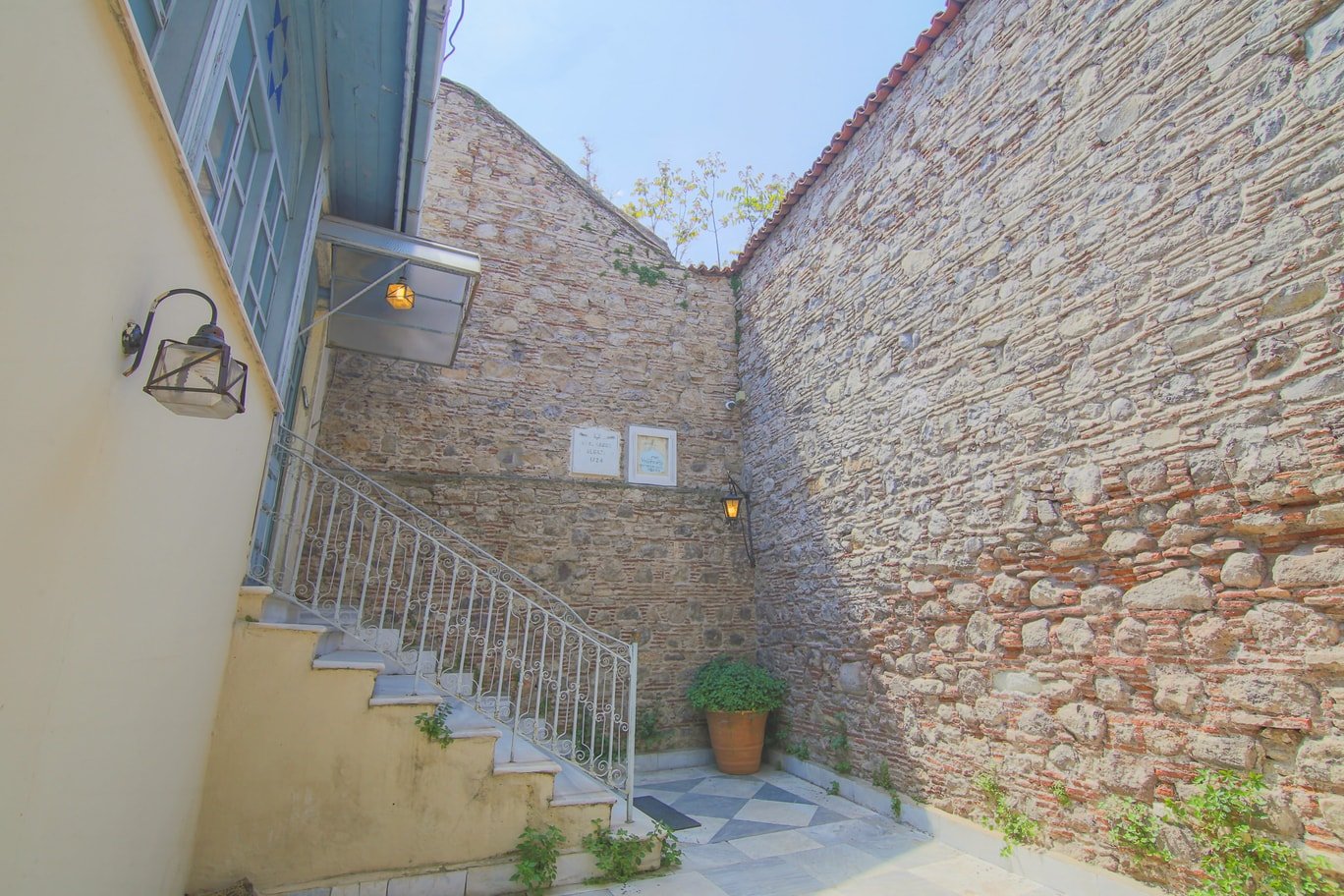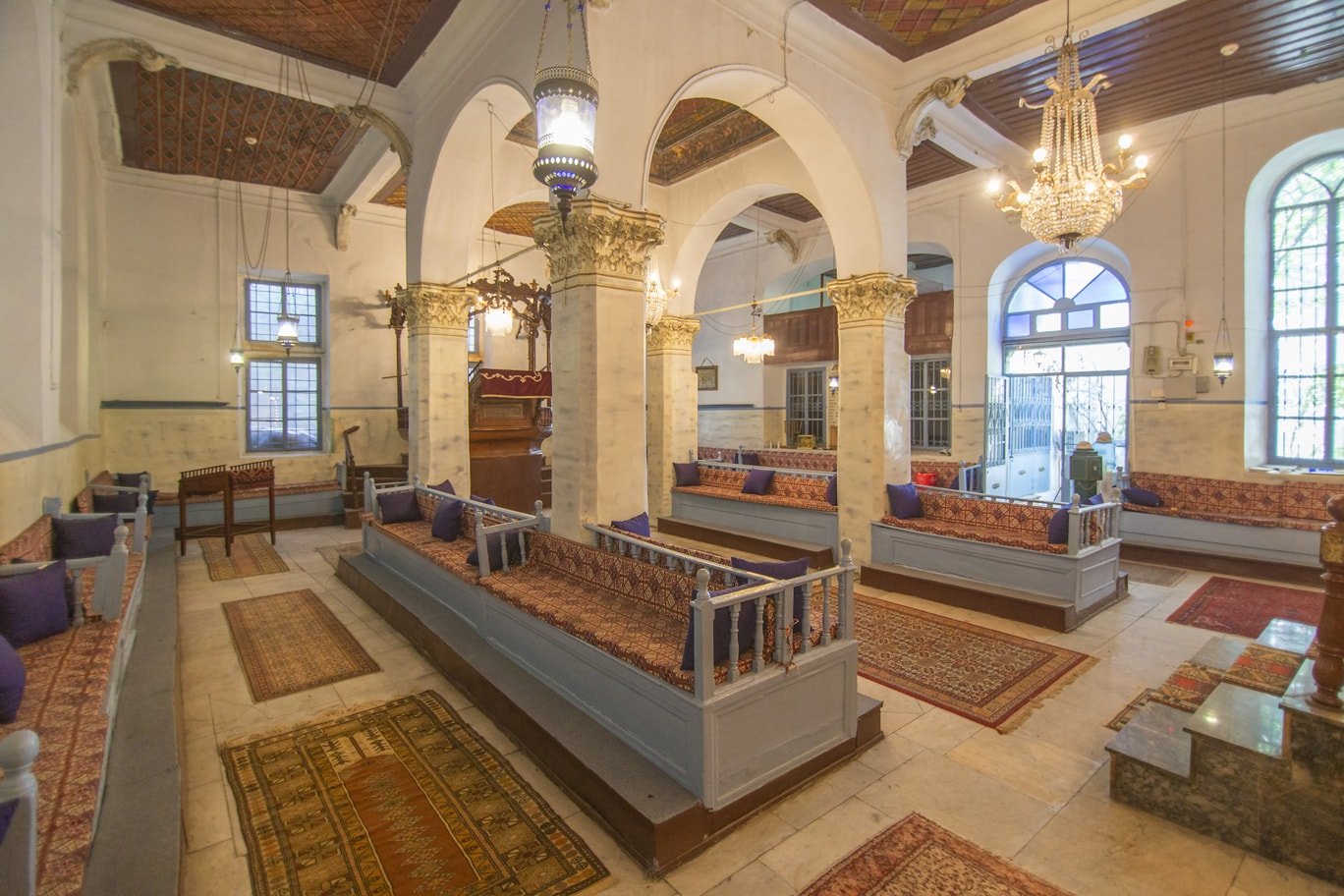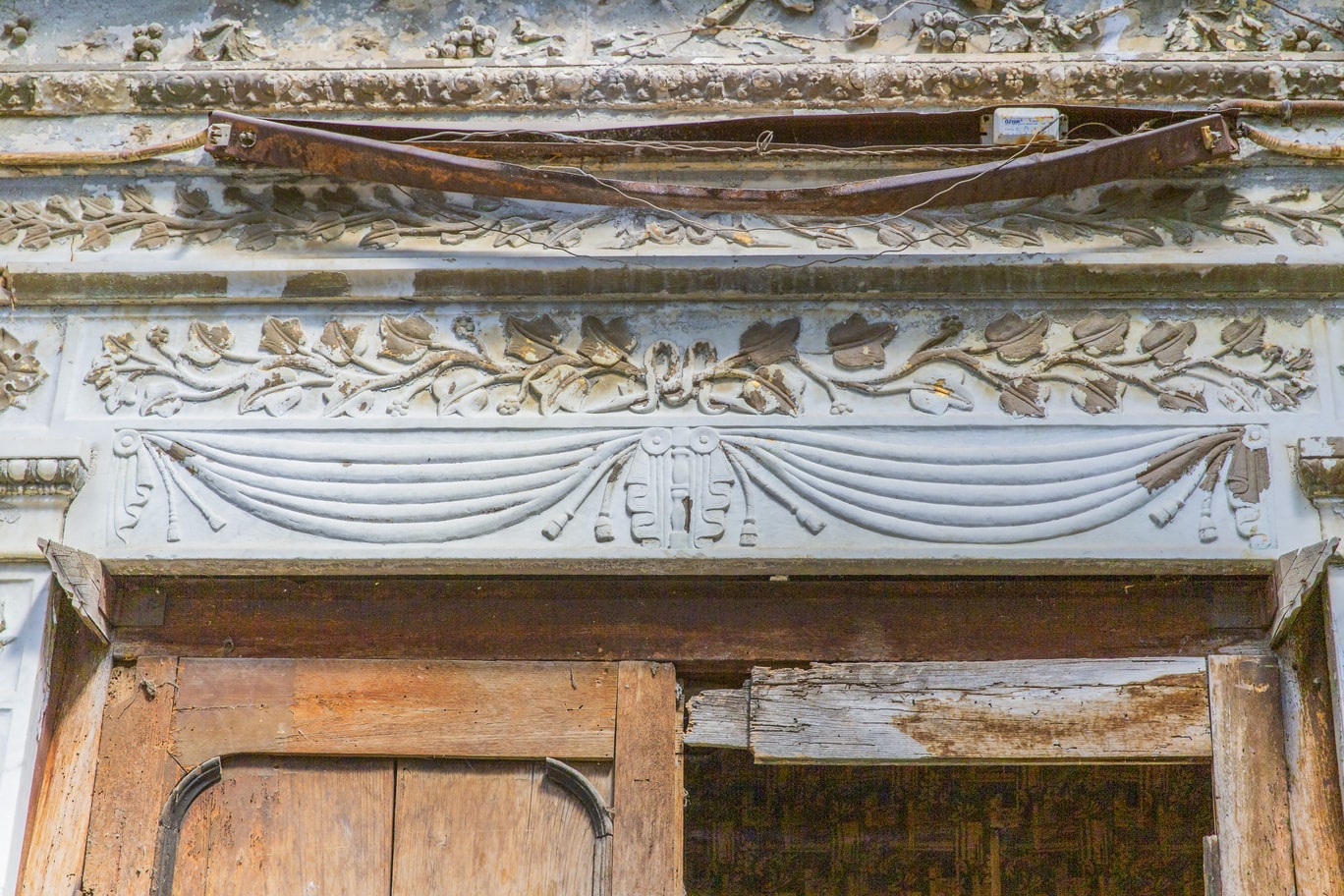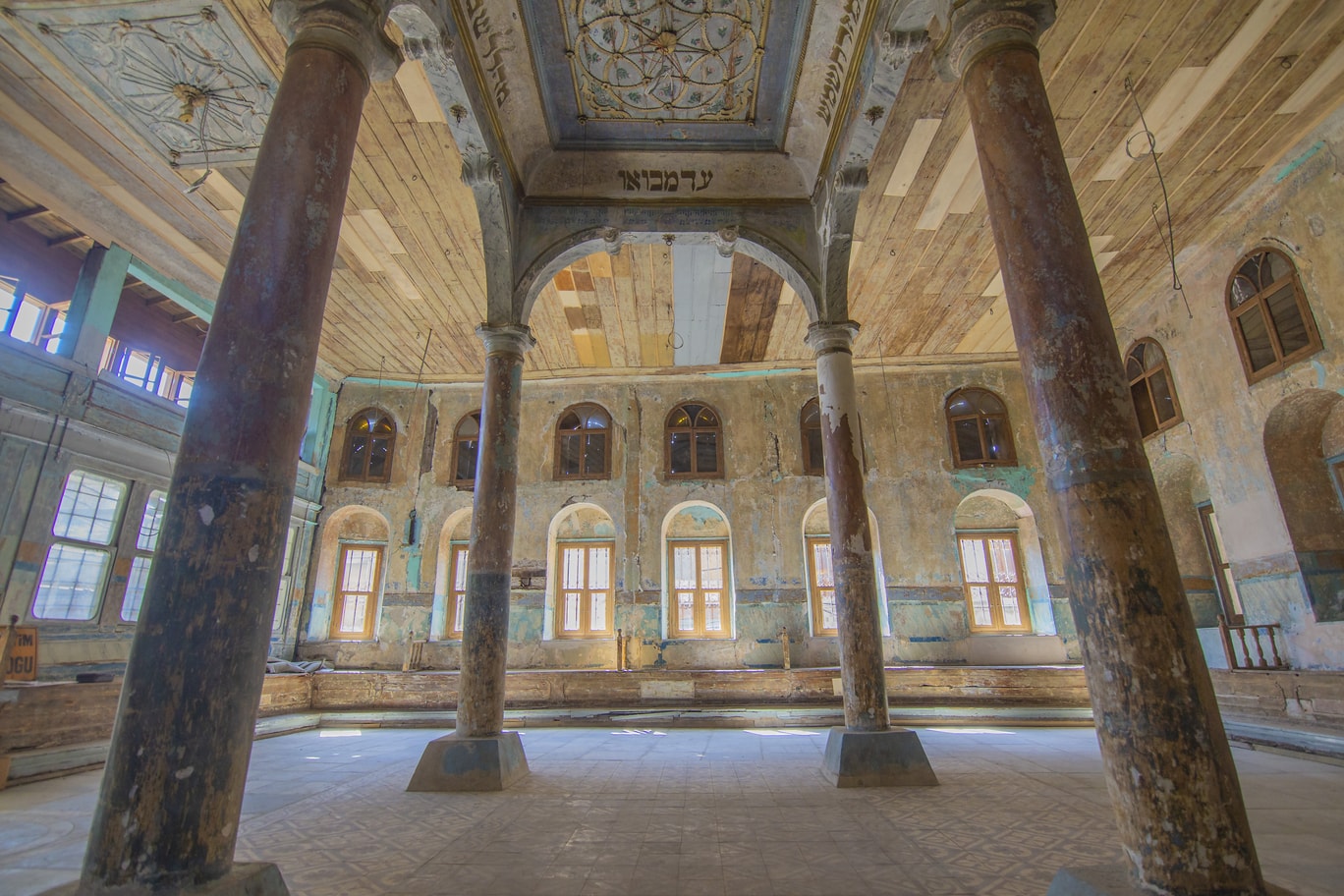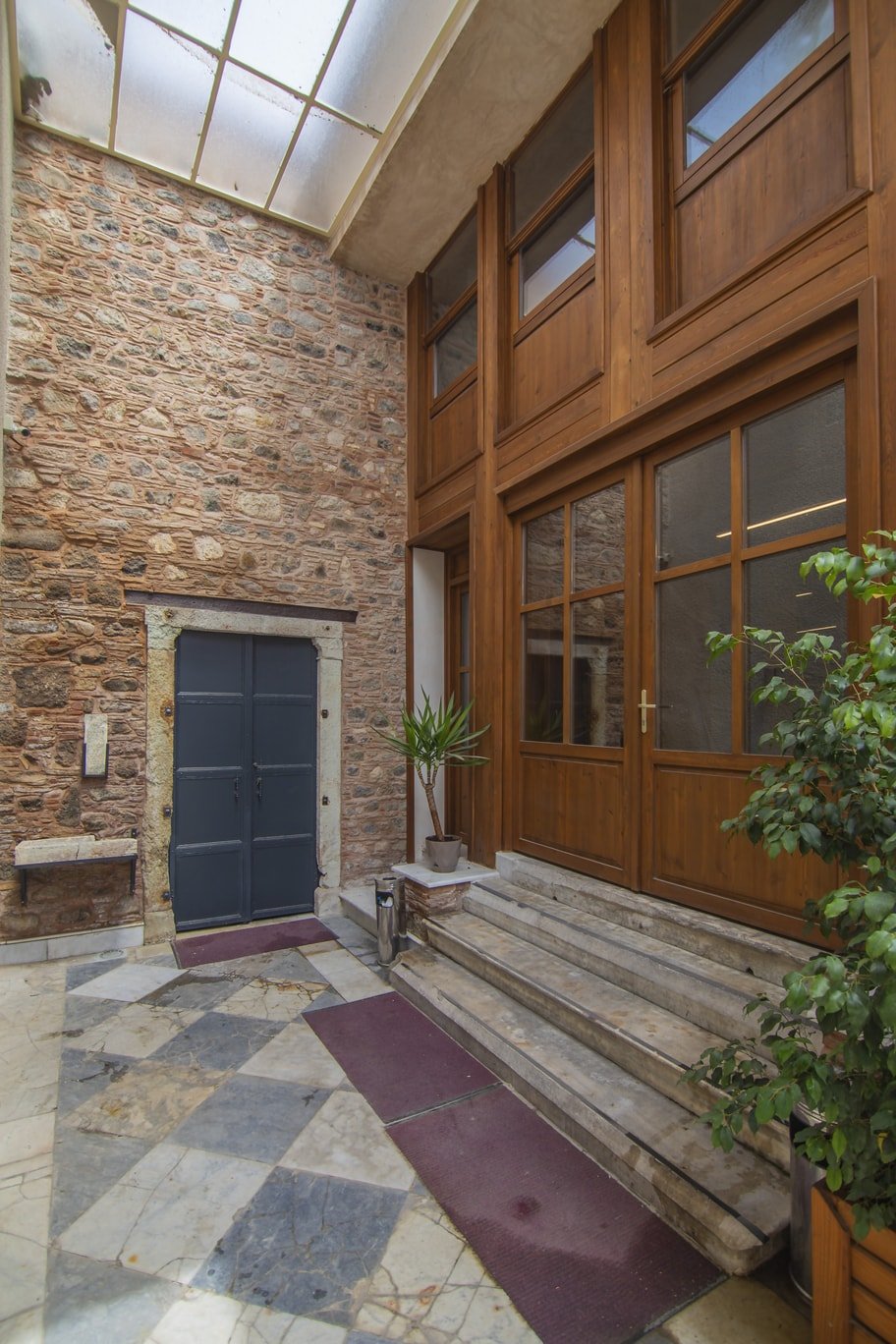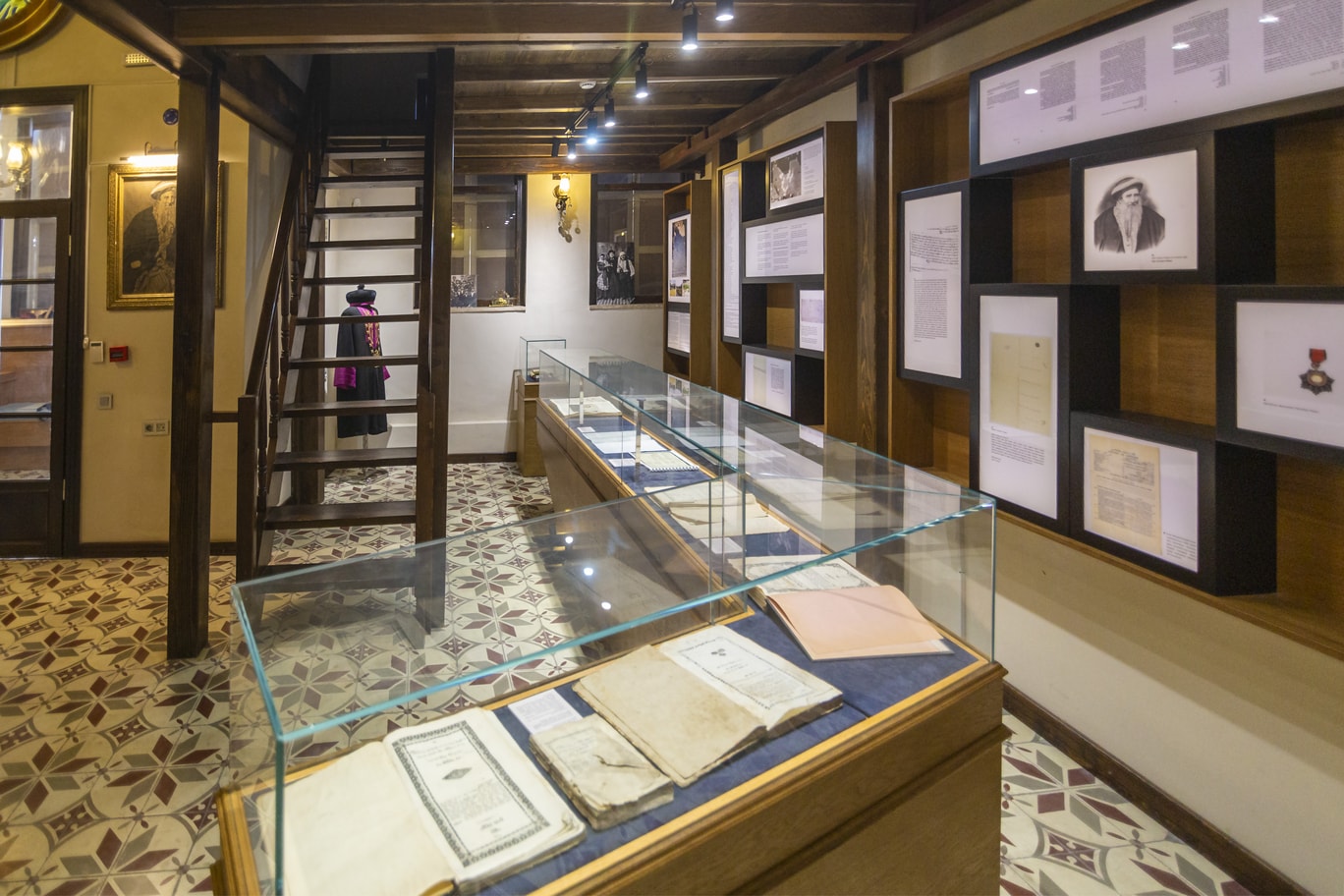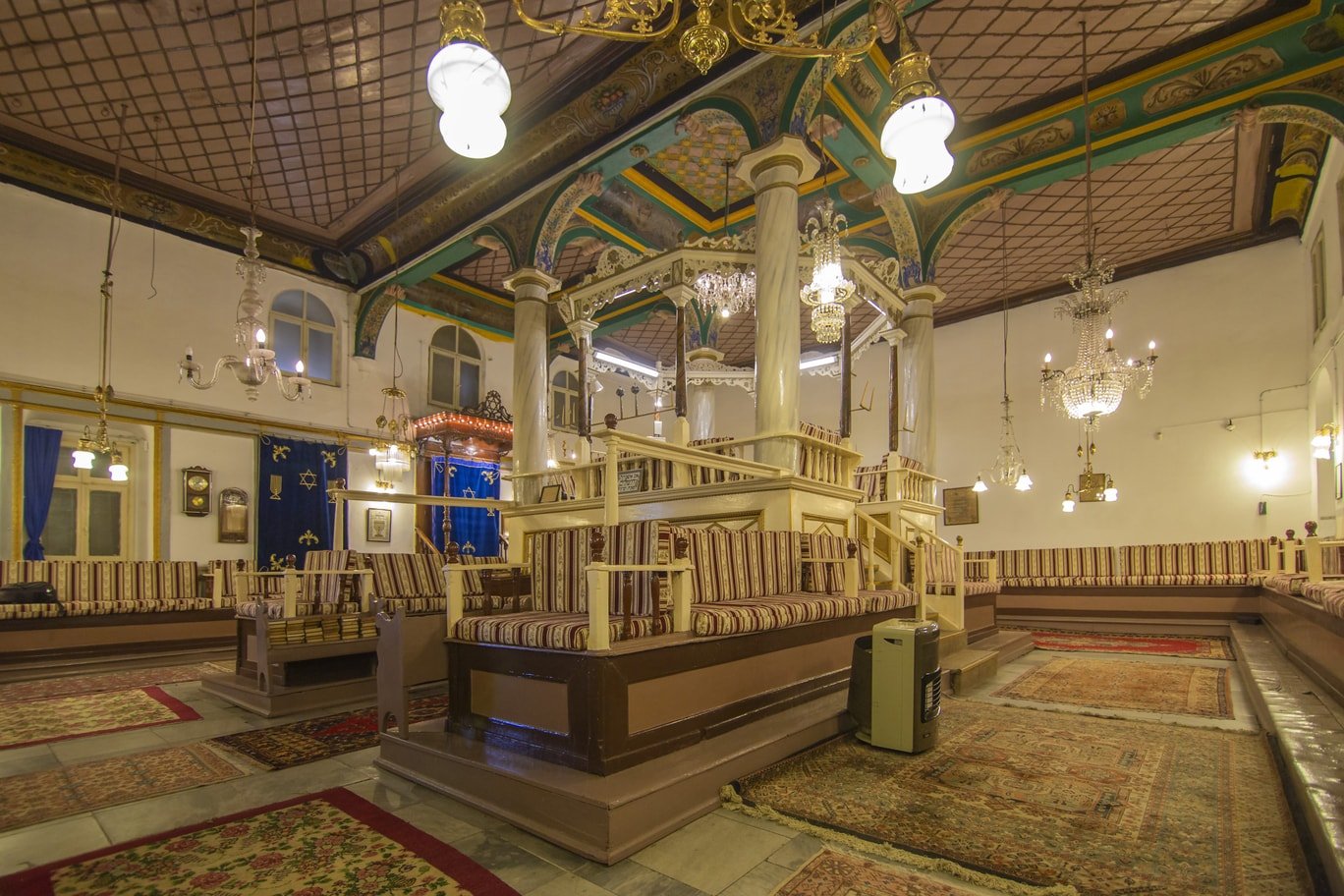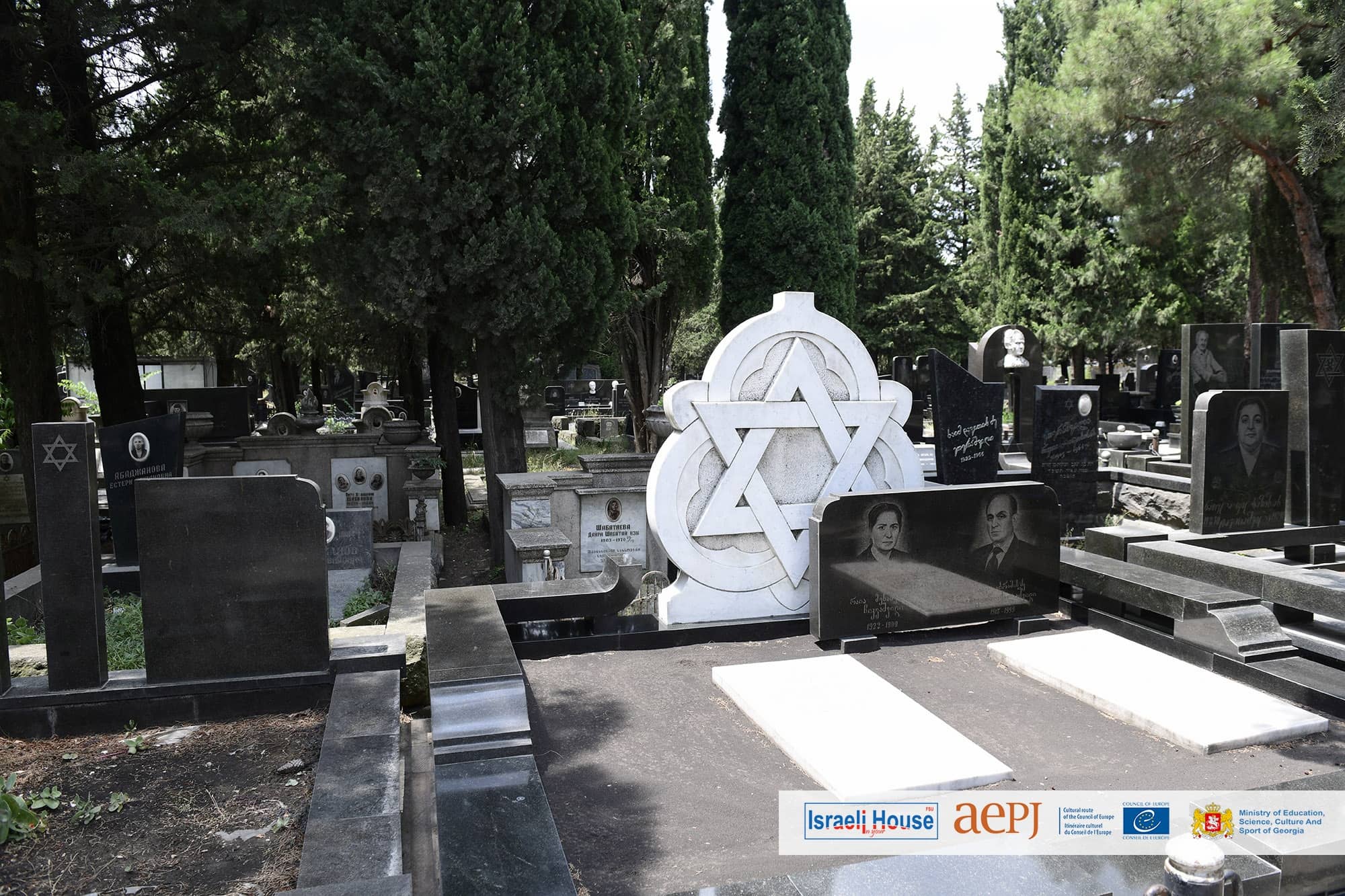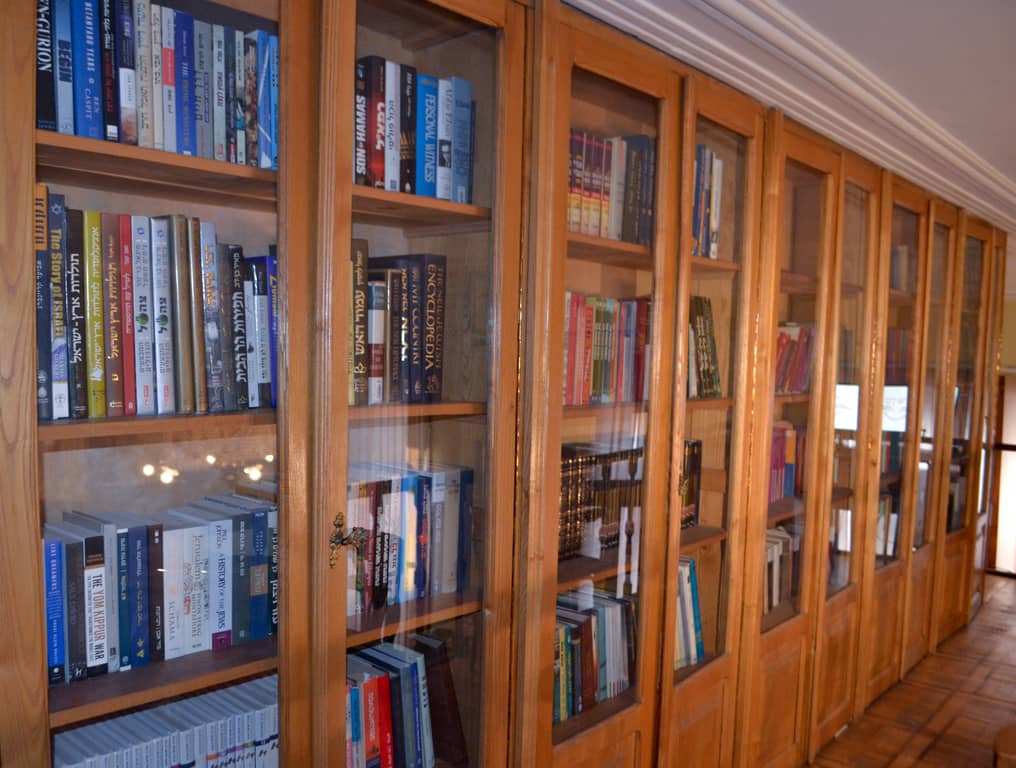Due to the inscription at the entrance of the Algazi Synagogue, it is accepted that it was built in 1724 by Isaac Algazi. Another view claims that this synagogue existed at least in the 17th century and was controlled by Sabetay Sevi in 1666.
The basement floor was used as Midrash and was a place where Asara Batlanim (ten old men) prayed for the salvation of the country and the people all day long. In addition, unused scriptures and religious objects were stored there before being buried. This place was known as “El Kal de Abaşo” (the Lower Synagogue).
Izak Ben Salomon Algazı, another member of the Algazi Family known to have raised prominent rabbis, is also an associated figure with this synagogue. Born in 1889, he was educated at Yeshiva Bet Hillel (religious school) of Hayim Palaçi, and like his ancestors, he became a Hazan (cantor) at the Algazi Synagogue. Izak Algazi has been considered as one of the most important composers of religious, secular and classical Turkish music.
Archives: Directory listings
Directory listings
Shalom Synagogue
Shalom Synagogue is also known by the name of “El Kal de la Tromba” (the Synagogue of the Pump). It is the synagogue in which Joseph Escapa, Chief Rabbi as from 1620, had achived to organize the Jewish Community and became the leader starting from 1648.
Rabbi Escapa also provided young Sabbatai Zvi with religious education, but once Zvi declared himself Messiah, he got the ball running in the latter’s dismissal from Izmir.
Shalom Synagogue is the only synagogue which was not destroyed by the fire of 1841. The interior, which may be said to be the most authentic synagogue of Izmir, is reminiscent of a typical Anatolian house with its ceiling decorated with engravings, and floral cushioned sofas along the walls. Although it was built in the central style, in 1939, the Tevah was replaced before the wall across the Ehal.
Hevra (Talmud Tora) Synagogue
Hevra Sinagogue’s name is mentioned in very old texts as “Talmud Torah”. Known to have existed during the period of Joseph Escapa, in the 17th century, this synagogue was burnt in fires and rebuilt several times. Rebuilt after the fire in 1838 by Chelebi and Menahem Hacez brothers, it was burnt again in the fire of 1841 and remained in a ruined state for many years.
Built in the central plan, the Hevra Synagogue is a typical Izmir synagogue with its Tevah, triple Ehal composition and Midrash. The Tevah here, alike to Shalom Synagogue, was in the form of the prow of a galley inspired by the Ottoman galleys which brought the Jews from Spain. The huge number of the Sefer Torah (Torah scrolls) once available in the Hevra Synagogue, ensured a prestigious status.
The roof of Hevra Synagogue collapsed in 1999. Rescue works have been completed in 2020, but the restoration of the synagogue is yet to be started.
Etz Hayim Synagogue
A document beloning to Salomon Ben Ezra, who died in 1688, mentions that Muslim Turks prayed in the only existing synagogue of Izmir. The period mentioned in this document is thought to coincide with the period of the Turkish conquest of Izmir and that they prayed in this synagogue since there was no mosque in the city.
This synagogue, surviving through the dangers of fire and earthquakes many times, was damaged in the fire of 1841 and Daniel de Sidi had it repaired in 1851.
The synagogue originally built in a central plan. Inspired by European synagogue architecture, in the early twentieth century, the Tevah was moved from the center to the sides of the Ehal.
Portuguese Synagogue
The Portuguese Synagogue is the only synagogue in Izmir which identifies the origin of its founders. It is one of the six synagogues known to have existed in the period of Chief Rabbi Joseph Escapa, i.e., as of 1620s, and is referred to be the largest synagogue in Izmir in that period.
Portuguese Synagogue, considered to be the fortress of the anti-Sabbataists, closed its gates to Sabbatai Zvi when his movement expanded. On the other hand, Sabbatai and his supporters entered the synagogue by breaking the gates and chased away the rabbis who were the leaders of their opponents. Salomon Algazi, one of the founders of Algazi Synagogue, was among them.
When Sabbatai Zvi declared himself as the Messiah of the Jews and 18th June 1666 as the deliverance day in that raid, Portuguese Synagogue became the headquarters of the Sabbataist movement and a large group of the Jews of Izmir joined the movement.
Portuguese Synagogue was burnt in 1976 and restored in 2018, to serve as a social activities center.
Bet Hillel Synagogue
Bet Hillel Synagogue was established in the house of the Palachi family. Rabbi Hayim Palachi (1788-1869) and his son Rabbi Abraham Palachi (1809-1899) were the most prominent theologians of the Izmir Jewish community in the 19th century. Both being referred to as the greatest men of the period, their reputation went beyond Izmir and the Ottoman Empire then, causing the Jewish theologues of Europe and Middle East to come to Izmir for consultation.
Rabbi Hayim Palachi wrote a total of 72 books all through his life, and of these, 26 books were published. He was awarded the “theologian responsible for justice” in 1861 by the Sultan Abdulmecid.
Along with the tomb of Rabbi Hayim Palachi and the Mikveh (purification pool) in the Gurcesme cemetery, Bet Hillel Synagogue is believed to be among the holy places by Palachi’s students.
Bikur Holim Synagogue
In 1724, Salomon de Ciaves, a Portuguese originned Dutch immigrant to Izmir, donated one of his houses which had a large courtyard, to be used as a synagogue and ensured the purchase of all the religious books and sacred objects required. He also granted some houses and shops adjacent in order to bring some revenue to the synagogue.
At first known as the “Ciaves Synagogue”, it started to be called as the Bikur Holim Synagogue. This new name, meaning visiting the sick, dates to the periods when the basement of the synagogue was used as a hospital during a plague or cholera epidemics, then frequently seen in the city.
It is also possible that the said basement was once the Bet Din prison. Burnt in 1772, the synagogue was rebuilt in 1800 by Manuel de Ciaves of the same family.
With a central Tevah, ceiling decorated with flower and fruit designs embellished columns painted in green and yellow, this synagogue is one of the most beautiful places of worship in Izmir.
Dampalo Jewish Graveyard in Tbilisi
Nowadays, Tbilisi Jews bury their relatives at the Dampalo Graveyard, which is quite far from the center of the city and the city’s two functioning synagogues, specifically located on the outskirts of Tbilisi Varketili. The name “Dampalo” is related to the unsanitary condition which emerged because of the tradition of killing animals in the district. The graveyard is maintained by the city and members of Tbilisi’s Jewish community.
Ashkenazi Graveyard in Tbilisi
The Jewish Graveyard in Samgori Tbilisi is closed nowadays to new burials. Its activation is connected to the arrival of Ashkenazi Jews in Georgia in the XIX century. Many famous personalities from the Jewish Diaspora, including the grandmother of the former Israeli Premier Minister Ariel Sharon, are buried there.
Jewish Library in National Parliamentary Library of Georgia
Jewish library is located in the National Parliamentary Library of Georgia; books which are stored in the library were bought by “Sarah Fond ” with the “Israeli House”. These books in Hebrew, English and Russion are dedicated to the oldest and modern history of Israel, Zionism, Judaism, theology, foreign affairs of Israel. Among the books there are textbooks for learning Hebrew. On the day of the opening Hanukkah candle was lit and among the guests there were members of the Knesset. Giorgi Kekelidze, the director of the library, gave a speech at the ceremony.
